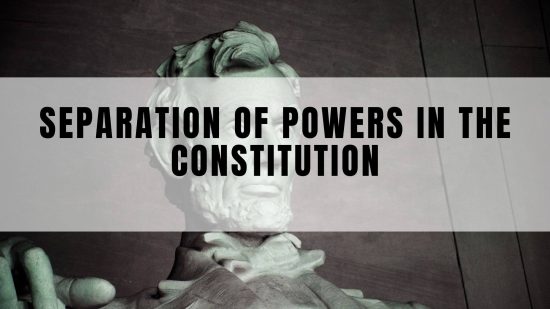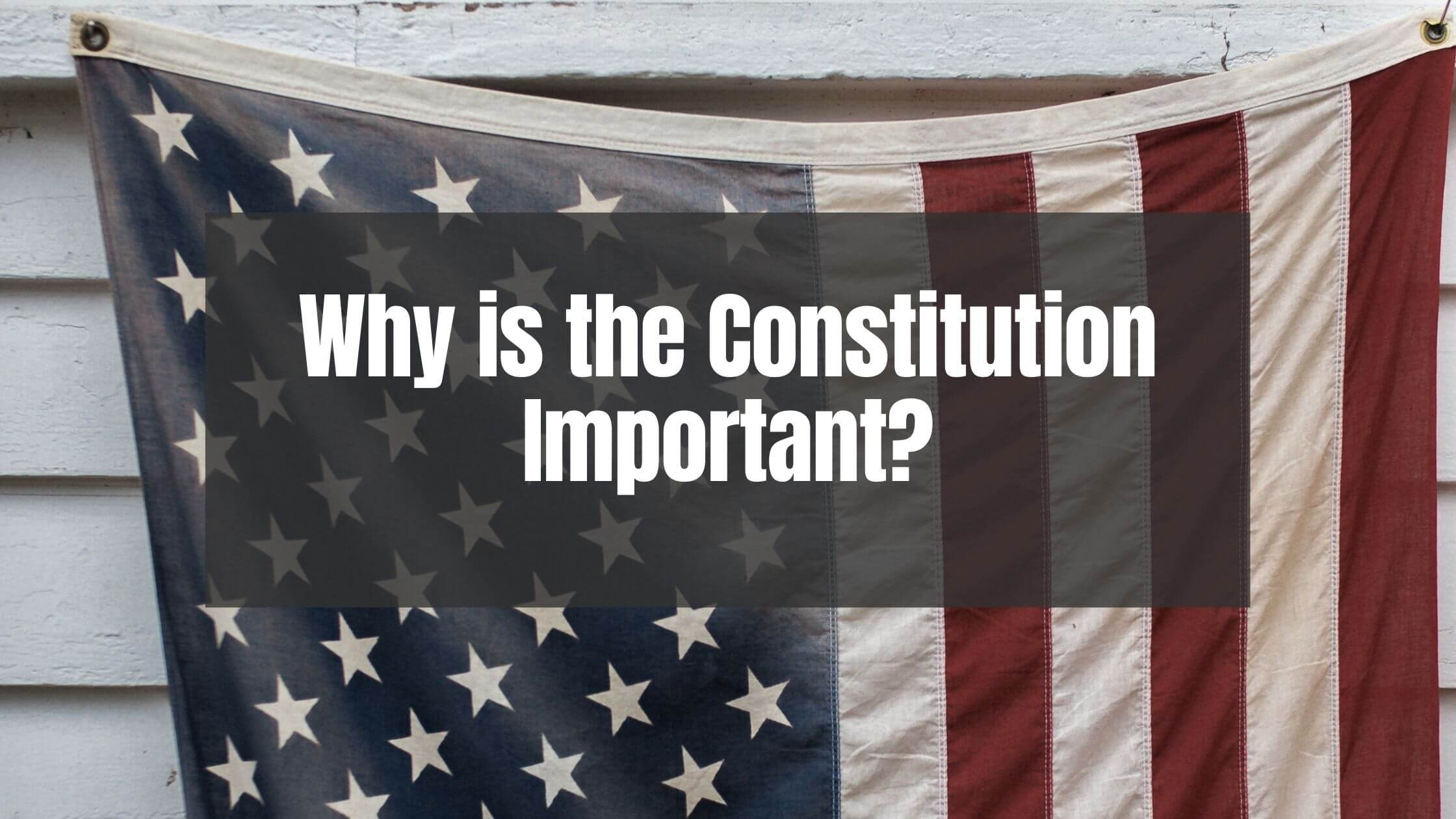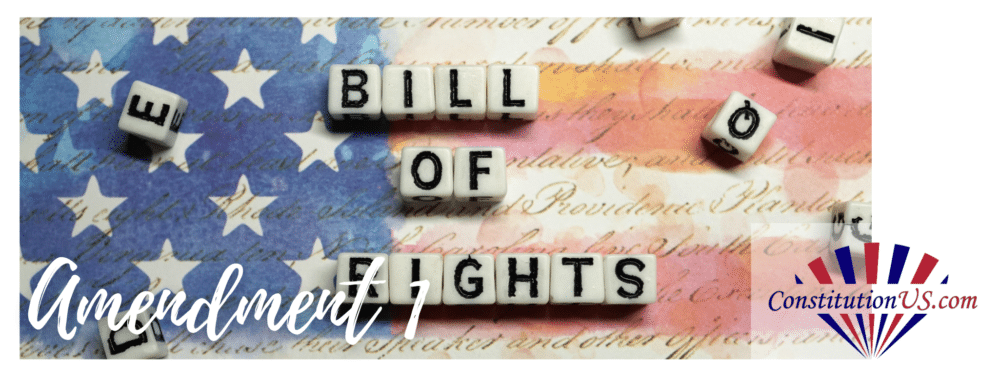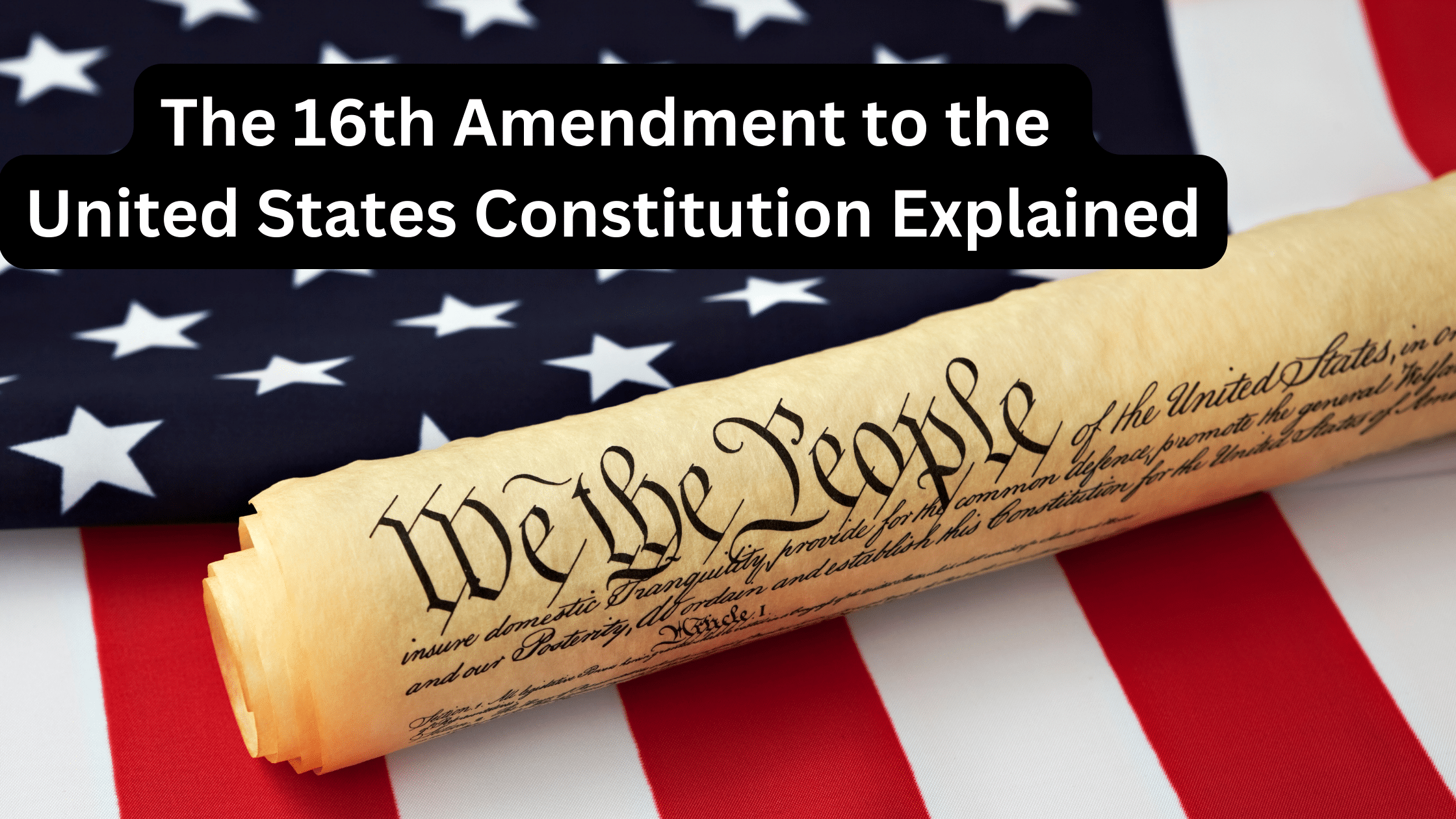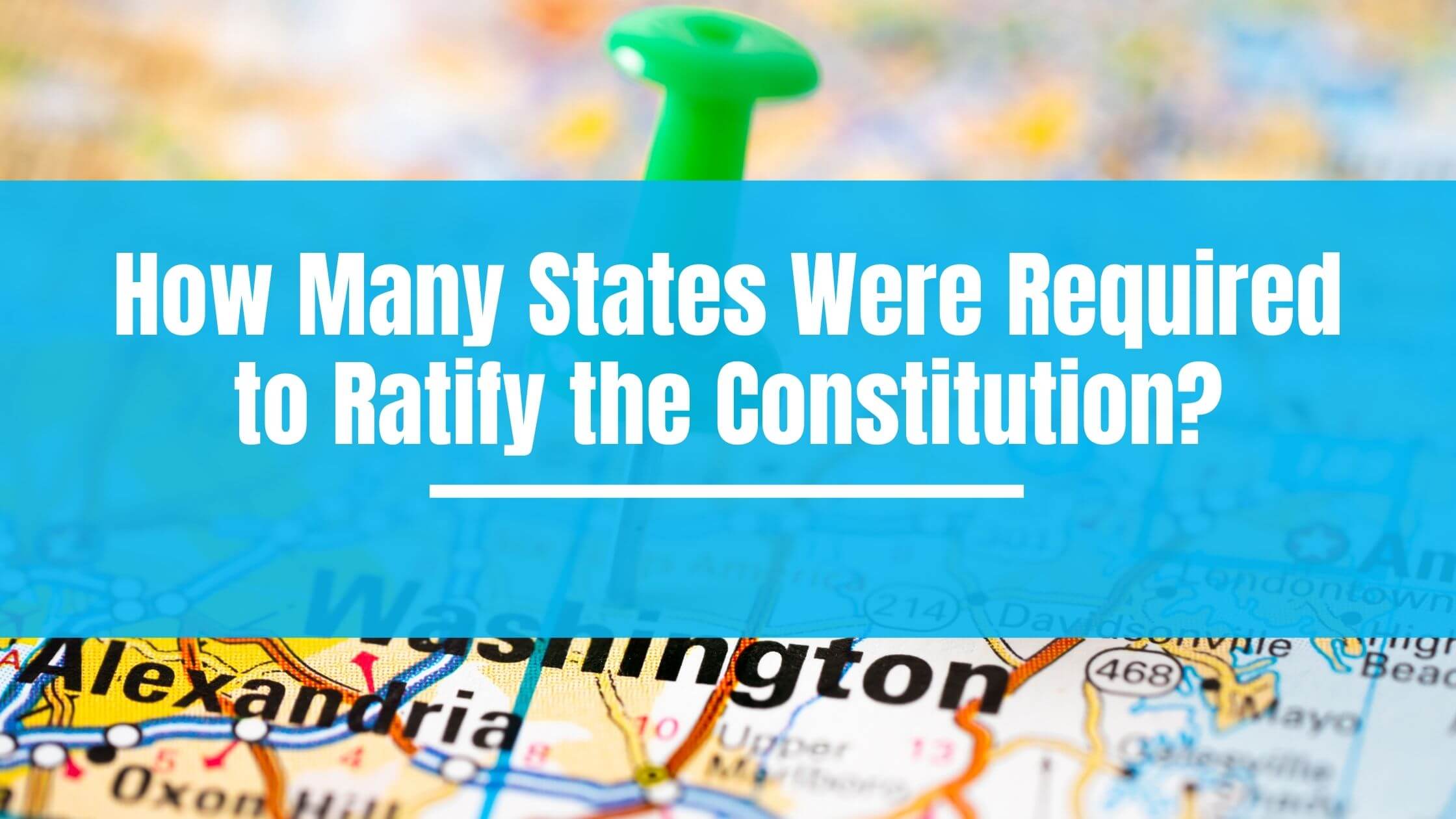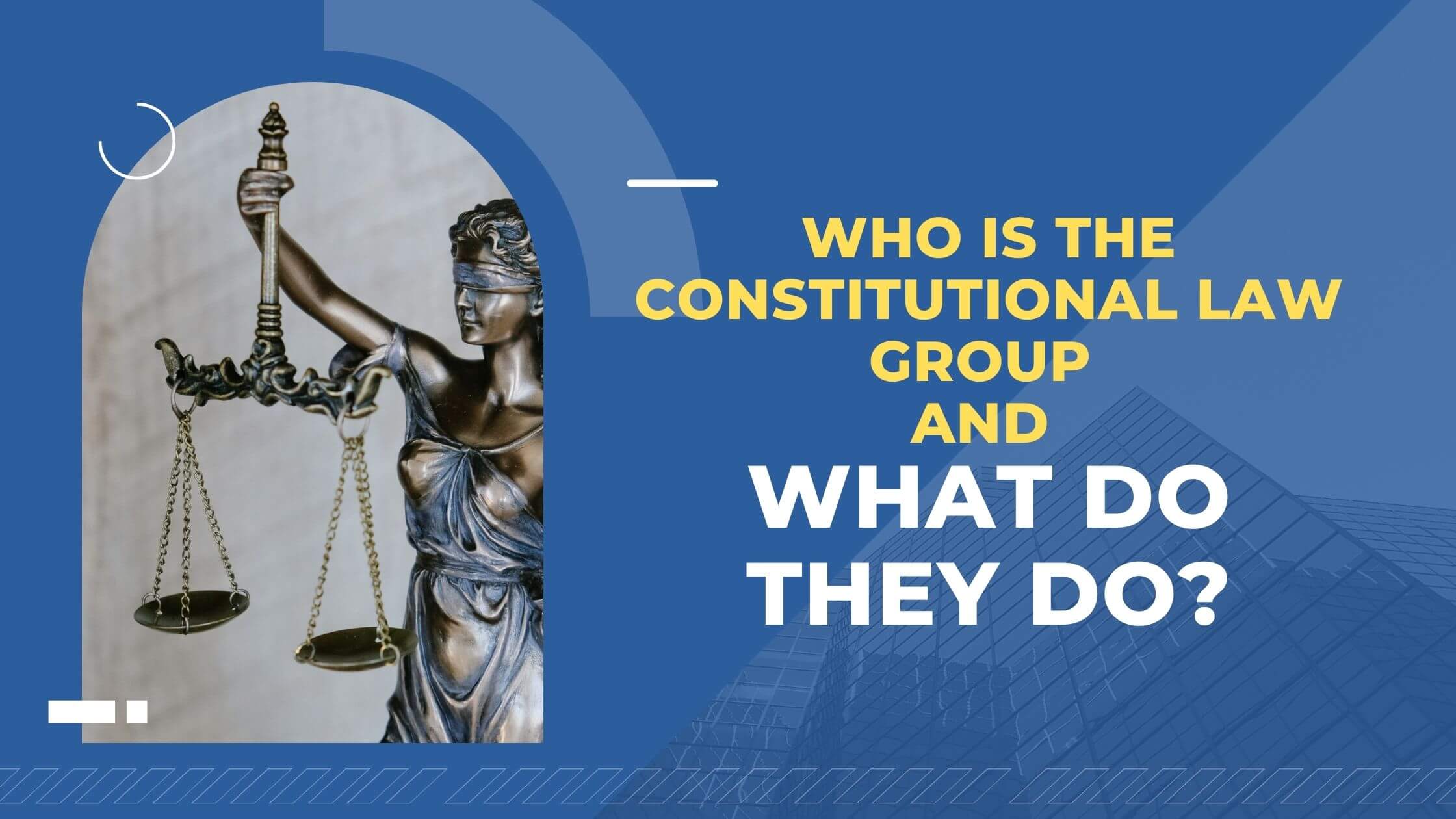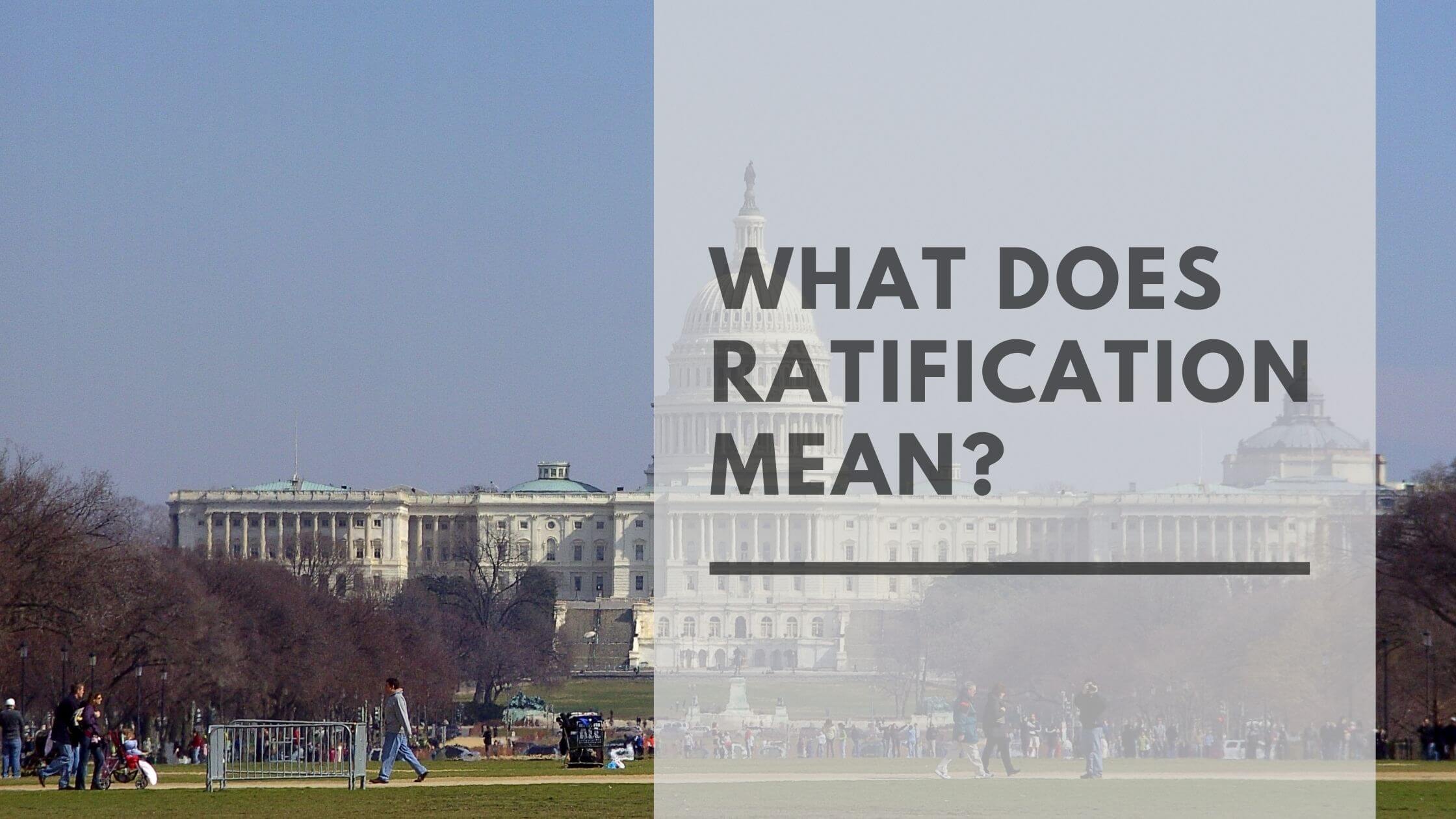Table of Contents
ToggleSources
- https://www.archives.gov/founding-docs/constitution
The National Archives provides the full text of the US Constitution, making it an authoritative source for verifying the constitutional basis of the separation of powers and the roles of each branch. - https://www.law.cornell.edu/wex/separation_of_powers
Cornell Law School's Legal Information Institute offers a detailed explanation of the separation of powers doctrine, including its constitutional foundations and practical applications, which aligns with the blog post's content. - https://www.senate.gov/civics/constitution_item/constitution.htm
The official US Senate website provides a breakdown of the Constitution, including Articles 1, 2, and 3, which detail the legislative, executive, and judicial branches, respectively. This is directly relevant to the post's discussion of each branch's powers. - https://www.supremecourt.gov/about/constitutional.aspx
The Supreme Court's official website explains the judiciary's role and its constitutional basis, supporting the blog post's discussion of the judicial branch and its functions. - https://www.whitehouse.gov/about-the-white-house/our-government/the-executive-branch/
The White House's official page on the executive branch provides authoritative information on the president's powers and responsibilities, corroborating the blog post's description of the executive branch.
Key Points
- The US Constitution established the separation of powers to prevent tyranny by dividing government responsibilities among three branches: legislative, executive, and judicial.
- The legislative branch (Congress) is bicameral, consisting of the House of Representatives and the Senate, with distinct powers and responsibilities.
- Congress has authority over taxation, currency, interstate commerce, declaring war, and establishing courts, among other duties.
- The House of Representatives initiates tax bills and has the sole power of impeachment, while the Senate tries impeachment cases and approves treaties.
- The executive branch, led by the President, enforces laws, serves as Commander in Chief, and has veto power over legislation, which can be overridden by a 2/3 majority in Congress.
- The President delivers the State of the Union address and can call joint sessions of Congress, highlighting their role in national leadership.
- The judicial branch, headed by the Supreme Court, interprets laws and has final authority on constitutional cases, with judges serving lifetime terms unless impeached.
- The 10th Amendment reserves powers not delegated to the federal government to the states, though the elastic clause has expanded federal authority over time.
- Separation of powers ensures checks and balances, preventing any single branch from becoming too powerful.
Summary
The US Constitution establishes a separation of powers among three branches—legislative, executive, and judicial—to prevent tyranny and ensure balanced governance. The legislative branch (Congress) creates laws, the executive (President) enforces them, and the judicial (Supreme Court) interprets them, each with distinct responsibilities and checks on the others. Additionally, the 10th Amendment reserves unassigned powers to the states, though federal authority has expanded over time.
What is the Separation of Powers?
The US Constitution is one of the oldest and most successful constitutions in the world, providing the foundation for the rule of law in America for nearly 250 years. After ratification in 1788, it officially replaced the Articles of Confederation on March 4, 1789, in conjunction with the first session of Congress in US history. The enduring nature of the US Constitution has been enhanced by the innovative governmental principles established in its text, including the separation of powers.
Separation of powers is the philosophy that seeks to assign different governmental responsibilities to different branches of government. It aims to dilute the influence of any one person or entity in a government, thereby reducing opportunities for tyranny or abuse of power. Also, delegating different federal responsibilities to multiple branches of government helps prevent a single branch of government from becoming overwhelmed with administration.
In conjunction with its separation of powers ideology, the United States Constitution establishes three branches of government: the legislative, executive, and judicial branches. The legislative branch further expands upon this principle by adopting a bicameral legislature, dividing duties between the House of Representatives and Senate. All branches are designed to work seamlessly with each other while maintaining their autonomy and sphere of influence within the federal government.
Legislative Branch
The US Constitution assigns most governmental responsibility to a bicameral Congress in Article 1, giving them authority to draft legislation to regulate a wide range of areas. Some of the powers assigned to Congress include the authority to raise and collect taxes, tariffs, and other forms of revenue, while also borrowing money on the credit of the American government. It is also in charge of regulating all forms of interstate commerce and trade with foreign nations.

Congress is solely responsible for creating the currency, setting its monetary value, and determining the value of foreign currency exchanged in commercial transactions with other countries. It is in charge of developing a uniform bankruptcy system for the country. It is also given the authority to promote the progress of art and science by establishing temporary exclusivity rights for the writings, discoveries, and works of authors and inventors.
Additionaly, Congress is given the power to declare war, raise and support armies, maintain a navy, and set rules for regulating all military forces. It is in charge of defining and punishing piracy and other forms of maritime criminality. Other duties include:

Get Smarter on US News, History, and the Constitution
Join the thousands of fellow patriots who rely on our 5-minute newsletter to stay informed on the key events and trends that shaped our nation's past and continue to shape its present.
- Establishing a postal system.
- Setting standards for naturalization.
- Creating additional courts as needed under the purview of the Supreme Court.
House of Representatives
The House of Representatives is the larger body of Congress where membership is apportioned based on a state’s population. Members must be at least 25 years old, citizens of the United States for at least seven years, and residents of the state where they are seeking election. House representatives serve 2-year terms and are up for reelection every national and mid-term election.
The House of Representatives is given the authority to assign a speaker to preside over the body and other officers to govern as necessary. Any bills regarding taxation or revenue collection must originate from the House of Representatives. It also is given the sole responsibility for impeaching any civil officers or other governmental officials, including the president and vice president.
Senate
The Senate is the smaller body of Congress where each state gets two members regardless of population. Members must be at least 30 years old, citizens of the United States for at least nine years, and residents of the state they are seeking election from. Senators serve 6-year terms divided into three separate groups comprised of approximately 1/3rd of its members, with each group coming up for reelection every two years.

The Senate is given the authority to assign a president pro tempore to preside over the body in the absence of the vice president and other officers to govern as necessary. Although they are prohibited from drafting any bills relating to taxation or revenue collection, they may attach amendments to these bills. They are also given the responsibility to try any cases of impeachment passed by the House of Representatives, with a 2/3rds vote required to remove the impeached individual from office.
Executive Branch
The United States Constitution establishes an executive branch in Article 2, primarily responsible for enforcing the federal law written by the legislative branch. The executive branch is led by a president and vice president, serving identical 4-year terms. While Congress has the authority to declare war, once a war commences, the president is designated as the Commander in Chief, a role giving them complete authority over all armed forces.
The president must be at least 35 years old, a natural-born citizen, and a resident of the United States for at least 14 years. They can issue pardons or reprieves against all crimes committed against the United States, except in cases of impeachment. They are also given the authority to nominate ambassadors, ministers, and other public officials with the input and consent of the Senate.
The president can sign treaties with foreign nations but must have the approval of 2/3rds of the Senate to do so. Although the president is not in charge of creating legislation, they must approve or veto legislation drafted by Congress. This veto power is one of the president’s most formidable and can only be overridden by a 2/3rds majority vote by both the Senate and House of Representatives.
State of the Union Address
The president is the only government official that is constitutionally required to address Congress on the current state of affairs in the country. They can use this time to address problems and propose certain measures that they feel are necessary for the country. The president can also call a joint session of Congress to address the body in cases of emergency or other extraordinary circumstances.
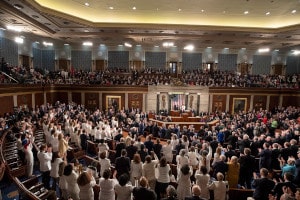
No other federal government member is given the constitutional authority to call a joint session of Congress. Although the Founding Fathers were justifiably wary of assigning significant amounts of power and prestige to a single person, they also realized that a single voice was often necessary in times of war or national crisis. The state of the union address is one of the most important roles of the president. It represents another example of the separation of powers in the constitution.
Judicial Branch
The US Constitution creates a judicial branch of government headed by a Supreme Court in Article 3, the final authority on all cases of legality arising under the constitution. The constitution provides very few details surrounding the court, giving Congress the responsibility to establish the court’s composition. Although Article 3 doesn’t explicitly establish the position of chief justice, this position is implied earlier in Article 1, Section 3, where it states that the chief justice will preside over all trials in the Senate resulting from impeachment.
No terms of service or age limits are specified for any judges presiding on the Supreme Court or other federal courts potentially created by Congress. As a result, judges on any federal court can serve indefinitely until their death should they choose and are only subject to removal if impeached by the House and found guilty of a crime by 2/3rds of senators. The Supreme Court’s primary role is to function as an appellate court and only has original jurisdiction for trials being conducted by the Senate or any legal case involving ambassadors and other public ministers.
The US Constitution also establishes specific guidelines for legal proceedings to be utilized by the judicial branch. All trials held in the United States must be jury trials, except in cases of impeachment, and must be held in the state where the alleged crime was committed. Also, any legal case involving an act of treason can only be valid on the evidence of two or more witnesses or confession in open court by the defendant.
10th Amendment
Although separation of powers commonly refers to the branches of the federal government, the 10th Amendment also indicates another separation of power, the separation between state and federal governance. The 10th Amendment gives all powers not assigned to the federal government by the constitution and those powers not explicitly prohibited to the states by the constitution to the states themselves. Because the US Constitution created a limited federal government even before the addition of the Bill of Rights, the 10th Amendment gave individual states great power, allowing them to become the de facto 4th branch of government.
However, the elastic clause contained in Article 1, Section 8, which gave Congress the power to create all “necessary” and “proper” laws to execute constitutional power, began to be interpreted more broadly. Specifically, the Civil War was the seminal event that resulted in much greater power being invested in the federal government and the supremacy of the elastic clause over the 10th Amendment. As a result, separation of powers now primarily refers to federal authority.
Separation of Powers in the Constitution Quiz
Frequently Asked Questions
What is the purpose of the separation of powers in the US Constitution?
What are the three branches of government established by the US Constitution?
What are some key responsibilities of the legislative branch?
How does the impeachment process work in the US government?
What role does the 10th Amendment play in the separation of powers?
How useful was this post?
Click on a star to rate it!
Average rating / 5. Vote count:
No votes so far! Be the first to rate this post.
We are sorry that this post was not useful for you!
Let us improve this post!
Tell us how we can improve this post?
